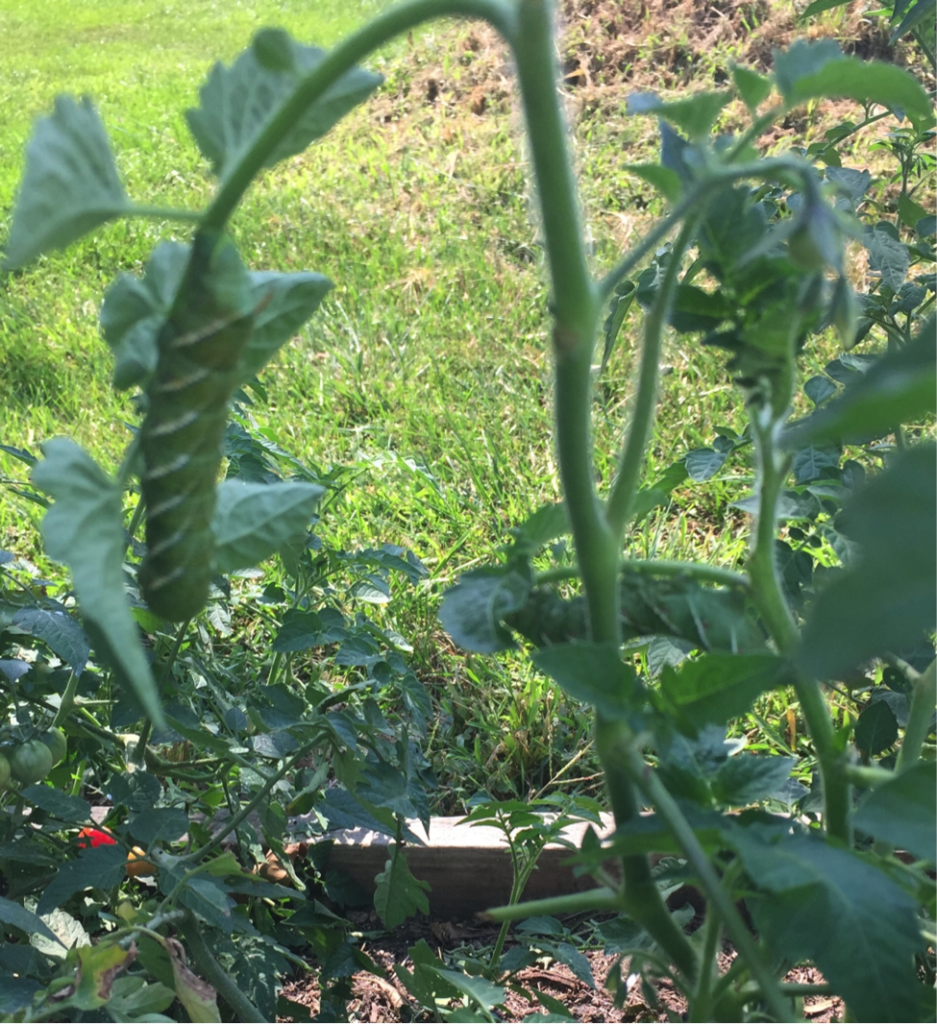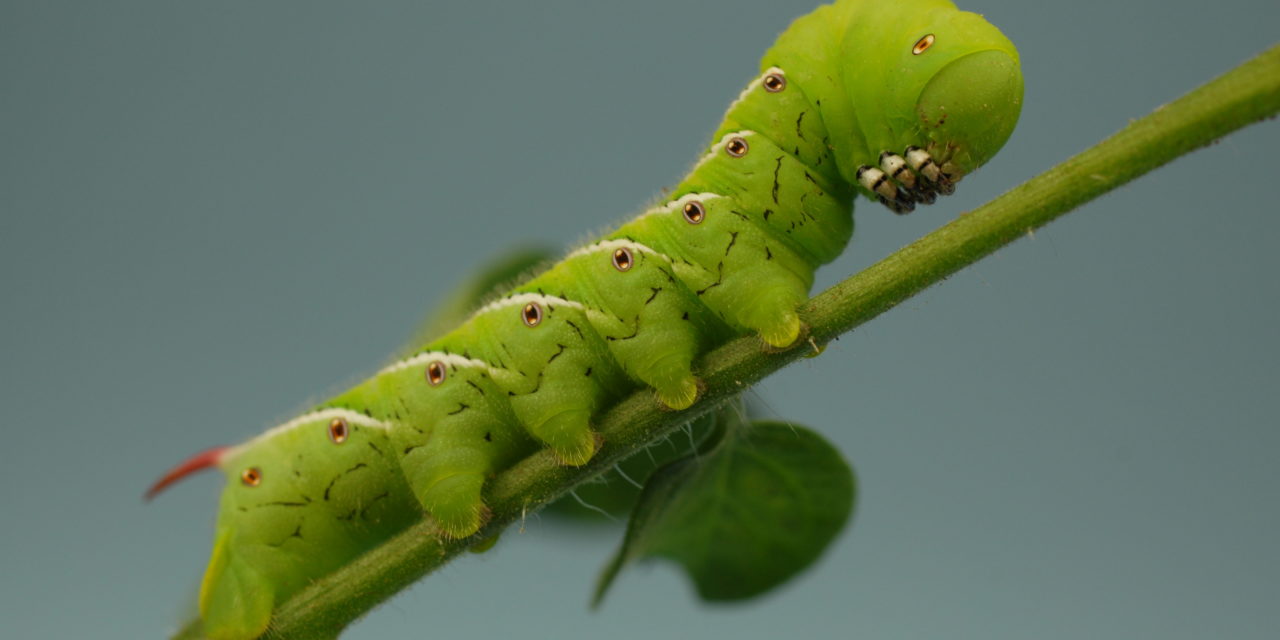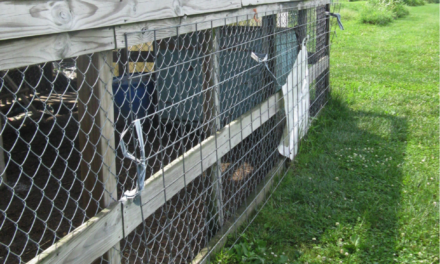Villain or victim? What is your take on this exquisite moth? The Sphinx or hummingbird moth is stunningly beautiful but at what cost? Do you know that this hungry tomato worm can take out an entire tomato plant as it eats its way to the cocoon stage of development? I want to be kind, but when you walk out to your garden, and all the tops have been stripped off the tomato plants that you have nurtured for months, it’s a pest, not an innocent moth.
Many books say to check for tomato worms twice a week, but if you wait that long during the height of their season, you may not have any green leaves left on your tomato plants. Check daily. While this worm is not always easy to spot, they are easy to hand pick off your plants. It’s like playing a Where’s Waldo game. The best time to check them is early morning or at dusk when they are most active.

This worm is a master chameleon, blending in with the green foliage of the tomato plant. Full-grown horn-worms, the most abundant insects attacking truck crops in our area are three to four inches long when they are close to entering the pupa stage making them easier to see. They are green to brownish green and have a series of diagonal white bars or V-shaped markings along each side and a deceptive “horn” near the rear end of the body.
Hornworms are ravenous eating machines, feeding primarily on tomato, tobacco, peppers, eggplant and potato plants. Although they chiefly feast on the tomato leaves, they will also feed on green tomatoes.
The best way to rid your garden of these pests is to hand pick them. Early morning and dusk seem to be the best times to find them on the top leaves. If you are too busy for handpicking, as it can be tedious, a spray with Bacillus thuringiensis (Bt) will knock them out. Bt will not adversely affect your gardens as the active ingredient found in the organic variety, it is a soil-dwelling bacterium that occurs naturally in various places in our environment. Either way, it’s easy to stay organic against the tomato worms.

My plants have been thick with this pest this year so keep an eye out for this predator. Sometimes you may find a tomato worm with small white eggs (cocoons) stuck to its skin. A tiny braconid parasitic wasp, Cotesia congregatus has laid her eggs. Leave that hornworm alone as it is the “walking dead.” The wasps young will use the worm for food and fly off to take out more tomato worms. What a great example of allowing nature to take her course.
The tomato hornworm has two life cycles. They will appear twice this growing season. If you are not sure you have them, check these two things. Are all the tops of the tomato plant leaves stripped bare and do you see any of this:
As they feed, they produce dark green or black droppings that are easy to spot. It’s important to nip them in the bud sooner as an older tomato hornworm can defoliate nearly as much in a day as it did in the entire younger stages combined. Stay diligent! May your tomatoes produce bushels and bushels of fruit for you this season. Be blessed! Hope this was helpful!
Anne May






